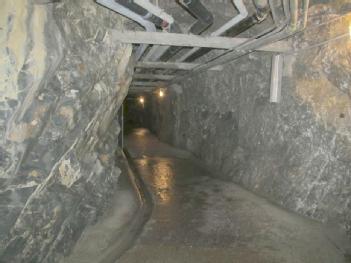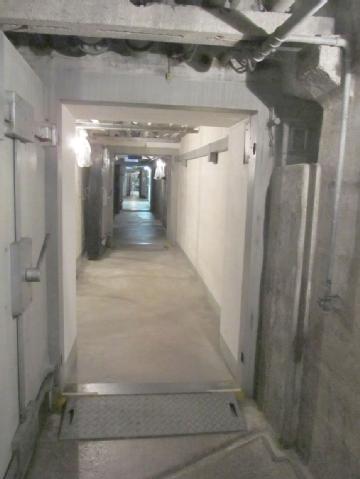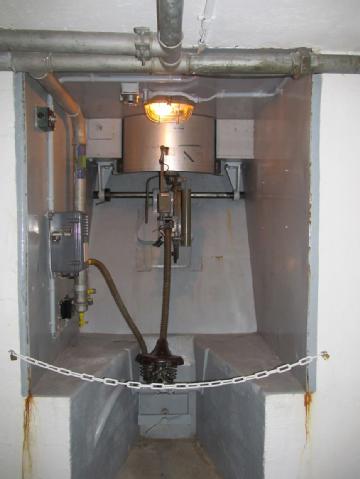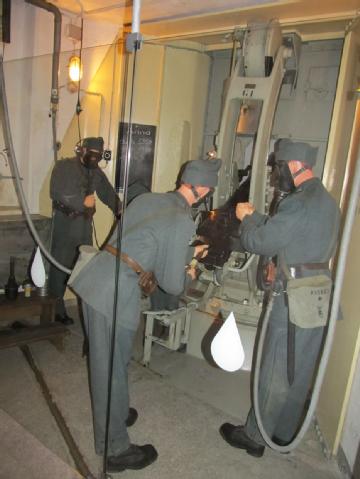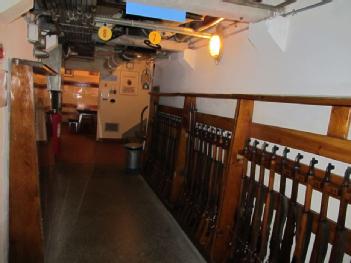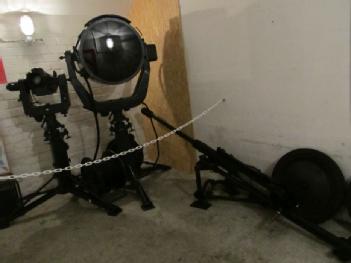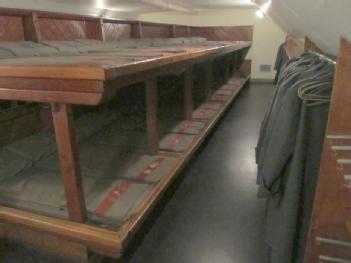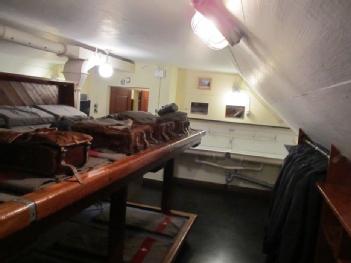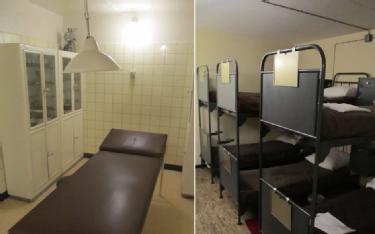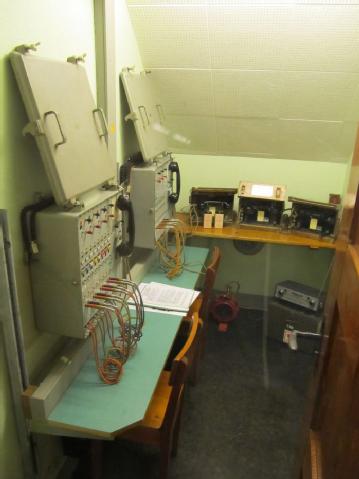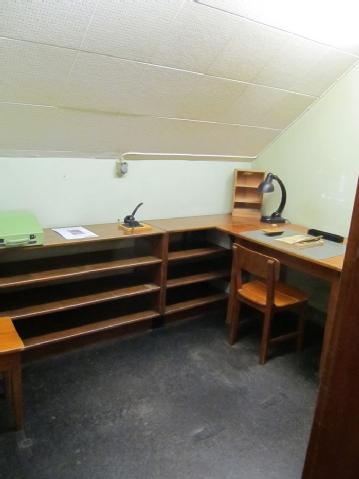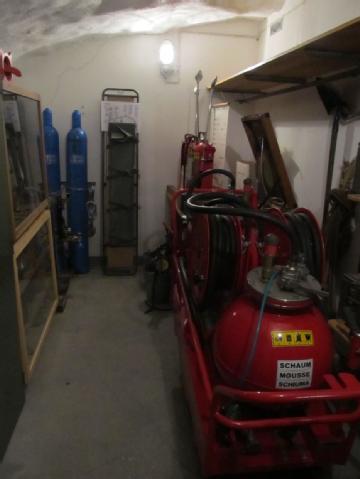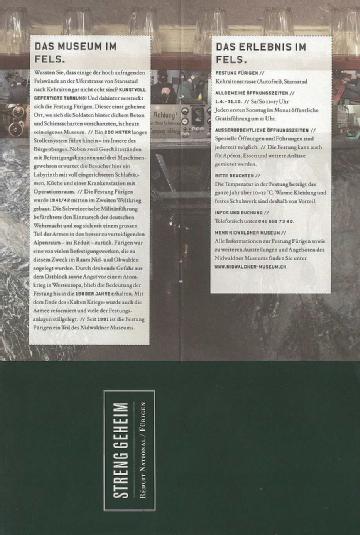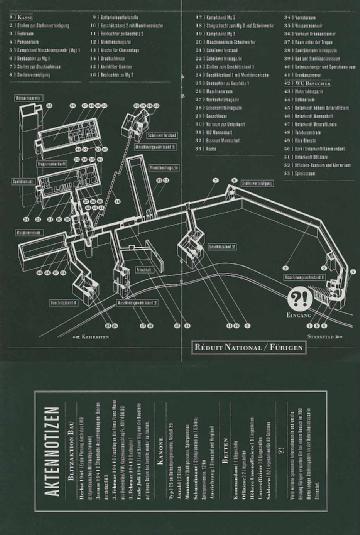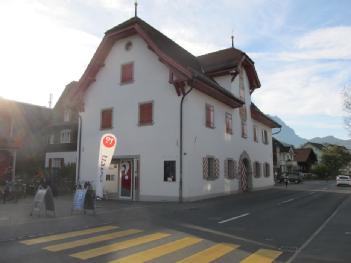
Festung Fürigen |
6362 Stansstad, Svizzera (Nidwalden) |
|
| Indirizzo |
Kehrsitenstrasse
|
| Spazio espositivo | - purtroppo ancora non noto |
Military Museum in general
- Military technology
- Telephone / Telex
- Biology / Medicine
- Arms
- Amateur Radio / Military & Industry Radio
|
Orario d'apertura
|
1. April - 31. October, Saturday and Sunday: 11am - 5pm
1. April - 31. Oktober, Samstag und Sonntag: 11 - 17 Uhr
|
||||||||
|
Status dal 05/2019
|
Regular 7 CHF; reduced 4 CHF; up to 16 years gratis; Groups (ex 10 people) 4 CHF p.P. Erwachsene 7 CHF; ermäßigt 4 CHF; bis 16 Jahre gratis; Gruppen (ab 10 Personen) 4 CHF p.P. |
||||||||
| Contatti |
|
||||||||
| Pagina web | www.nidwaldner-museum.ch/ausstellungen/festung-fuerigen | ||||||||
| Come arrivare |
Der Eingang zur Festung liegt an einer für den Verkehr gesperrten Strasse. Am Beginn der Sperrung ist ein Parkplatz für Festungsbesucher ausgeschildert. |
|||
| Come arrivare (altra) |
Achten Sie darauf, dass Sie an der Kasse den rote Aufkleber für die Nidwaldner Museen erhalten. Dieser berechtigt zum Besuch von zwei weiteren Museen: Salzmagazin Das historische Bauwerk wurde 1700/1701 als Salzmagazin errichtet und später auch für andere Zwecke genutzt. Heute werden zeitlich begrenzte Sonderausstellungen zu verschiedenen Themen oder Exponate aus der umfangreichen Sammlung des Historischen Vereins gezeigt. Winkelriedhaus und Pavillon Das Winkelriedhaus ist einer der bedeutendsten Profanbauten im Kanton Nidwalden und wurde erstmals im 13. Jahrhundert urkundlich erwähnt. Heute beherbergt das Haus eine Dauerausstellung, Räume für Sonderausstellung, einen Garten für Veranstaltungen und Vermietungen. |
|||
Esempi di apparecchi visionabili nel museo:
| Descrizione | Fort Fürigen is an original Swiss fortification from the World War 11 era. Visitors can experience at first hand the lives of the officers, NCOs and soldiers who made their horne in the narrow passages and rooms hewn into the stone of the Bürgenberg. History of the Fortification Fort Fürigen was built in the midst of World War II, after the fall of France and the occupation of all of the territory surrounding Switzerland. Swiss strategy consisted wholly in the defence of the alpine regions by means of the so-called «reduit national», a system of hideaways. Fürigen was intended to block off one of the main routes between the Swiss Mittelland region and the Alps, roughly the way medieval defence systems functioned (the Schnitzturm in Stansstad is an extant example). Although Fort Fürigen never saw action, it was kept in operation by garrison troops until 1987. In 1991 the canton of Nidwalden was able to take over ownership without having to disarm the fort, and the secret munitions site became a public museum. The Military Installation The centrepiece of Fort Fürigen comprises the two cannon emplacements designed to defend the defile near Stansstad between Lopper and Bürgenberg, as well as the heights above the Rengg pass between Hergiswil and Alpnachstad. The cannons were backed up by three machine-gun emplacements and mobile infantry weapons for external defence. A spotlight positioned above the installation illuminated the lake and the Lopper straits. The fort was more than just the site of rehearsals for the worst. Its inmates lived and breathed in crisis mode, which you can experience for yourself by visiting its kitchen, hospital, offices and dormitories. The fortification was a miniature world of its own, with supplies sufficient to keep the garrison alive in complete isolation from the external world. Practical Tips The installation is built into the cliffs and is thus naturally «air conditioned». The temperature inside the fort is between 10 and 12 degrees Celsius year-round, so dress warmly and wear sensible shoes! |
[dsp_museum_detail.cfm]
| Conformità dei dati | Ulteriori informazioni |
 nw.ch
nw.ch 

